 推荐消息更多>>
推荐消息更多>>真空上料机性能测试标准是什么
- 来源:https://www.sdxinlujx.com/ 日期:2025-05-22 发布人:创始人
真空上料机性能测试需遵循系统化的技术规范,重点涵盖以下核心指标及测试方法:
The performance testing of vacuum feeding machines should follow systematic technical specifications, focusing on the following core indicators and testing methods:
一、真空度与负压稳定性测试
1、 Vacuum degree and negative pressure stability test
极限真空度测试
Extreme vacuum test
采用真空表或真空传感器(精度等级≤0.5% FS)连接设备进气口,启动真空泵后记录稳定状态下的真空度值。测试应持续 30 分钟以上,确保真空度波动不超过 ±1kPa。对于设计真空度≥-0.08MPa 的设备,实测值需达到设计值的 95% 以上。
Connect the equipment inlet with a vacuum gauge or vacuum sensor (accuracy level ≤ 0.5% FS), start the vacuum pump, and record the stable vacuum degree value. The test should last for more than 30 minutes to ensure that the vacuum fluctuation does not exceed ± 1kPa. For equipment with a designed vacuum degree ≥ -0.08MPa, the measured value must reach 95% or more of the design value.
负压保持能力测试
Negative pressure holding ability test
在达到设定真空度后关闭真空泵,监测系统压力回升速率。标准要求每小时压力回升不超过 0.005MPa,特殊工况(如易燃粉体输送)需控制在 0.003MPa 以内。测试过程中需检查管道、阀门等连接处的密封性,可采用肥皂水涂抹或氦质谱检漏仪辅助检测。
After reaching the set vacuum level, turn off the vacuum pump and monitor the rate of pressure rise in the system. The standard requires that the pressure rise per hour should not exceed 0.005MPa, and special working conditions (such as flammable powder transportation) should be controlled within 0.003MPa. During the testing process, it is necessary to check the sealing of connections such as pipelines and valves. Soap water can be applied or a helium mass spectrometer leak detector can be used for auxiliary testing.
二、输送效率与能耗测试
2、 Transportation efficiency and energy consumption testing
额定输送量验证
Verification of rated conveying capacity
在标准工况下(如环境温度 25℃、物料含水率≤5%),连续输送规定物料(如粒径≤3mm 的干燥颗粒),记录单位时间内的输送量。测试时间不少于 30 分钟,取平均值作为实测输送效率,要求达到设计值的 90% 以上。对于多规格设备,需覆盖最小和最大输送量工况。
Under standard operating conditions (such as ambient temperature of 25 ℃ and material moisture content ≤ 5%), continuously transport specified materials (such as dry particles with particle size ≤ 3mm), and record the transport volume per unit time. The testing time shall not be less than 30 minutes, and the average value shall be taken as the actual measured conveying efficiency, which is required to reach more than 90% of the design value. For multi specification equipment, it is necessary to cover the minimum and maximum conveying capacity conditions.
能耗指标测试
Energy consumption index testing
采用功率分析仪测量设备运行时的输入功率,计算单位输送量能耗(kWh/t)。测试需分别记录空载、50% 负载、满载三种工况下的能耗数据,要求满载能耗不超过设计值的 110%。对于变频控制设备,需验证不同频率下的能效曲线。
Use a power analyzer to measure the input power of the equipment during operation and calculate the energy consumption per unit of delivery (kWh/t). The test needs to record the energy consumption data under three working conditions: no-load, 50% load, and full load. It is required that the energy consumption at full load does not exceed 110% of the design value. For variable frequency control equipment, it is necessary to verify the energy efficiency curves at different frequencies.

三、物料适应性与兼容性测试
3、 Material adaptability and compatibility testing
颗粒特性验证
Particle characteristic verification
针对目标物料(如面粉、塑料颗粒),测试其堆积角、堆积密度等参数。堆积角应≤45°,堆积密度需与设备设计参数偏差≤±10%。对于易结块物料,需模拟受潮状态(含水率≤10%)测试输送流畅性,要求无堵塞或卡料现象。
Test the stacking angle, stacking density, and other parameters of target materials such as flour and plastic pellets. The stacking angle should be ≤ 45 °, and the stacking density should deviate from the equipment design parameters by ≤± 10%. For materials that are prone to clumping, it is necessary to simulate a damp state (moisture content ≤ 10%) to test the smoothness of transportation, requiring no blockage or jamming.
静电与防爆性能测试
Static electricity and explosion-proof performance testing
使用静电测试仪测量物料在输送过程中的静电积累量,要求表面电位≤1kV。对于防爆型设备,需在模拟粉尘爆炸环境下(如粉尘浓度达到爆炸下限的 50%)测试系统密封性,确保无火花产生且压力释放装置有效动作。
Use an electrostatic tester to measure the static accumulation of materials during transportation, with a surface potential requirement of ≤ 1kV. For explosion-proof equipment, the system sealing should be tested in a simulated dust explosion environment (such as when the dust concentration reaches 50% of the lower explosive limit) to ensure that no sparks are generated and the pressure release device is effectively activated.
四、运行稳定性与噪音测试
4、 Stability and noise testing during operation
空转与负载运行测试
Idle and load running test
空转运行 2 小时,监测轴承温升(≤30K)、电机电流波动(≤±5%)及振动值(≤1.5mm/s)。负载运行时,需记录设备在最大设计负荷下连续运行 8 小时的稳定性,要求无异常振动、异响或过热现象。
Run idle for 2 hours, monitor bearing temperature rise (≤ 30K), motor current fluctuation (≤± 5%), and vibration value (≤ 1.5mm/s). During load operation, it is necessary to record the stability of the equipment running continuously for 8 hours at the maximum design load, without any abnormal vibration, noise, or overheating.
噪音水平检测
Noise level detection
在距离设备 1m 处、高度 1.2m 位置,使用声级计测量 A 计权声压级。测试需在空载和满载状态下分别进行,要求噪音值≤85dB (A)(室内环境)或≤90dB (A)(室外环境),并符合 GB 12348《工业企业厂界环境噪声排放标准》要求。
Measure the A-weighted sound pressure level using a sound level meter at a distance of 1 meter and a height of 1.2 meters from the equipment. The test needs to be conducted separately under no-load and full load conditions, with a noise level of ≤ 85dB (A) (indoor environment) or ≤ 90dB (A) (outdoor environment), and in accordance with the requirements of GB 12348 "Emission Standard for Industrial Enterprise Boundary Environmental Noise".
五、安全与可靠性测试
5、 Safety and reliability testing
过载保护功能验证
Overload protection function verification
通过模拟电机过载(如堵转)触发保护装置,测试响应时间(≤0.5s)及复位功能。要求保护动作后设备能自动停机,且无机械损伤或电气故障。
By simulating motor overload (such as stalling) triggering the protection device, test the response time (≤ 0.5s) and reset function. Require the equipment to automatically shut down after protective action, without mechanical damage or electrical failure.
紧急停机测试
Emergency stop test
操作急停按钮,验证系统在 0.2s 内切断动力源并保持真空状态(保压时间≥10 分钟)。测试需重复 5 次,确保每次急停后设备无失控或误动作。
Operate the emergency stop button to verify that the system cuts off the power source and maintains a vacuum state within 0.2 seconds (holding time ≥ 10 minutes). The test needs to be repeated 5 times to ensure that the equipment does not lose control or malfunction after each emergency stop.
耐久性测试
Durability testing
进行累计运行 500 小时的耐久性试验,期间每 100 小时检查关键部件(如真空泵、过滤器、阀门)的磨损情况。要求主要运动部件磨损量≤设计允许值的 20%,密封件无老化或泄漏。
Conduct a durability test with a cumulative operation of 500 hours, during which the wear of key components such as vacuum pumps, filters, and valves will be checked every 100 hours. Require the wear of the main moving parts to be less than or equal to 20% of the design allowable value, and the seals to be free from aging or leakage.
六、测试实施要点
6、 Key points of test implementation
测试条件控制
Test condition control
物料特性:需明确测试物料的名称、粒度分布、含水率、堆积密度等参数。
Material characteristics: It is necessary to specify the name, particle size distribution, moisture content, bulk density, and other parameters of the tested material.
环境参数:记录测试时的环境温度、湿度、大气压力,确保与设备设计条件一致。
Environmental parameters: Record the environmental temperature, humidity, and atmospheric pressure during testing to ensure consistency with the equipment design conditions.
仪器校准:所有测试仪器(如真空表、声级计、功率分析仪)需在有效期内校准,精度等级满足测试要求。
Instrument calibration: All testing instruments (such as vacuum meters, sound level meters, power analyzers) must be calibrated within their validity period, and the accuracy level must meet the testing requirements.
数据记录与分析
Data recording and analysis
建立测试日志,记录每个测试项目的原始数据、测试时间及环境条件。
Establish a testing log to record the raw data, testing time, and environmental conditions for each testing project.
对重复性测试结果进行统计分析,计算平均值、标准差及变异系数,确保数据可靠性。
Perform statistical analysis on the results of repetitive testing, calculate the mean, standard deviation, and coefficient of variation to ensure data reliability.
本文由真空上料机友情奉献.更多有关的知识请点击:https://www.sdxinlujx.com我们将会对您提出的疑问进行详细的解答,欢迎您登录网站留言.
This article is a friendly contribution from Roots blower For more information, please click: https://www.sdxinlujx.com We will provide detailed answers to your questions. You are welcome to log in to our website and leave a message
- 上一篇: 除尘器正压与负压有什么区别?
- 下一篇: 罗茨鼓风机机壳材质的科学选型指南
Related news相关新闻
- 2025-10-25磁悬浮鼓风机:节能环保高效的气体输送设备
- 2025-10-24气力输送系统输送时物料易破碎怎么办?
- 2025-10-23旋转供料器在粉体输送中发挥中锁风下料、定量吹送的作用
- 2025-10-22仓泵在气力输送“心脏”中,扮演着重要角色
- 2025-10-21负压气力输送适合输送哪些类型的物料?
- 2025-10-20安全使用高压罗茨鼓风机必须要注意的8个方面
- 2025-10-18三叶罗茨风机经过频繁检修后,整理的常见故障原因和解决方法
- 2025-10-17高压罗茨鼓风机节能省电的方法和运行中的摩擦原因
- 2025-10-16高压罗茨风机 VS 离心风机,区别有哪些?
- 2025-10-15高压罗茨风机的产品介绍和适用场景


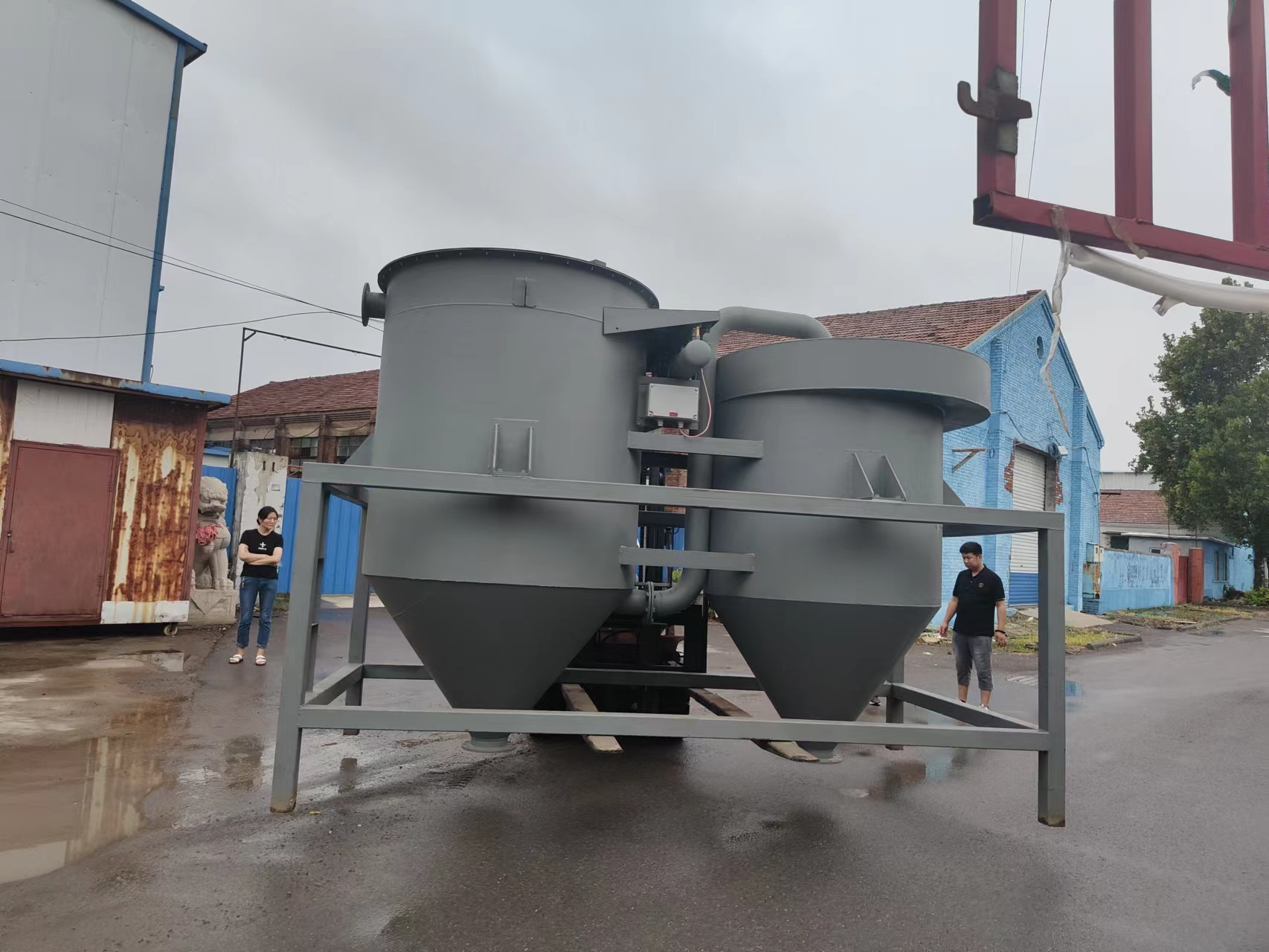
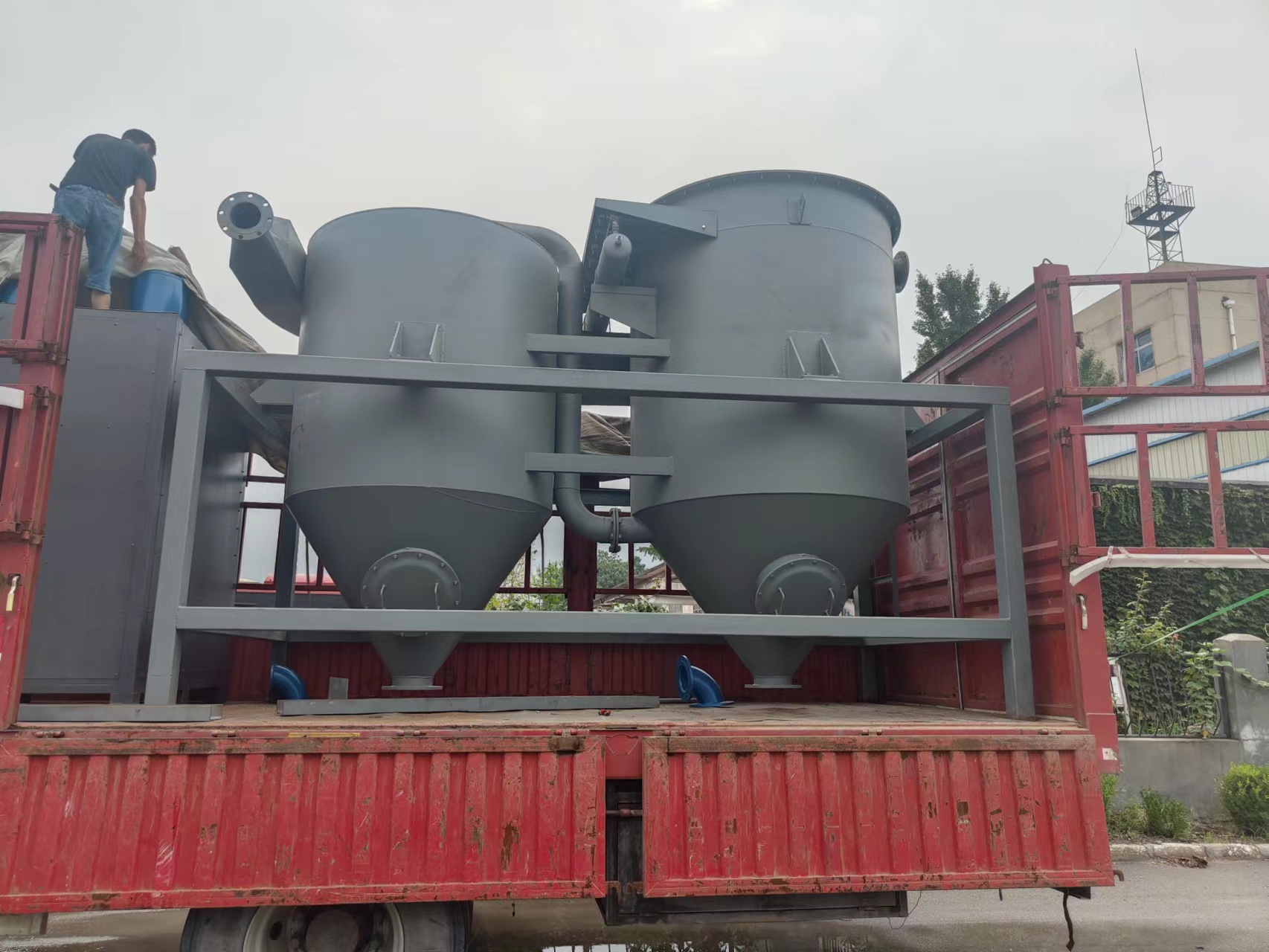
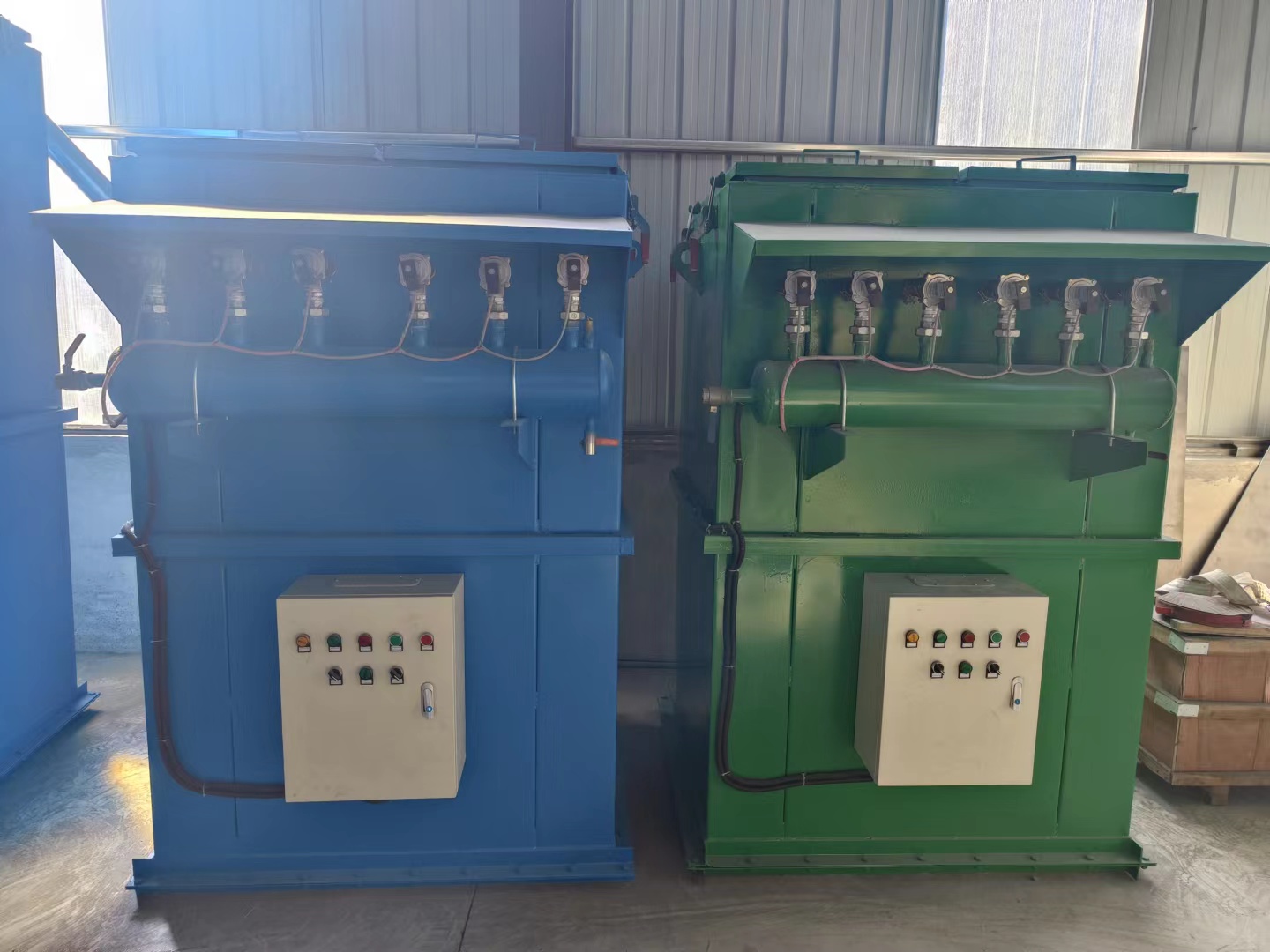
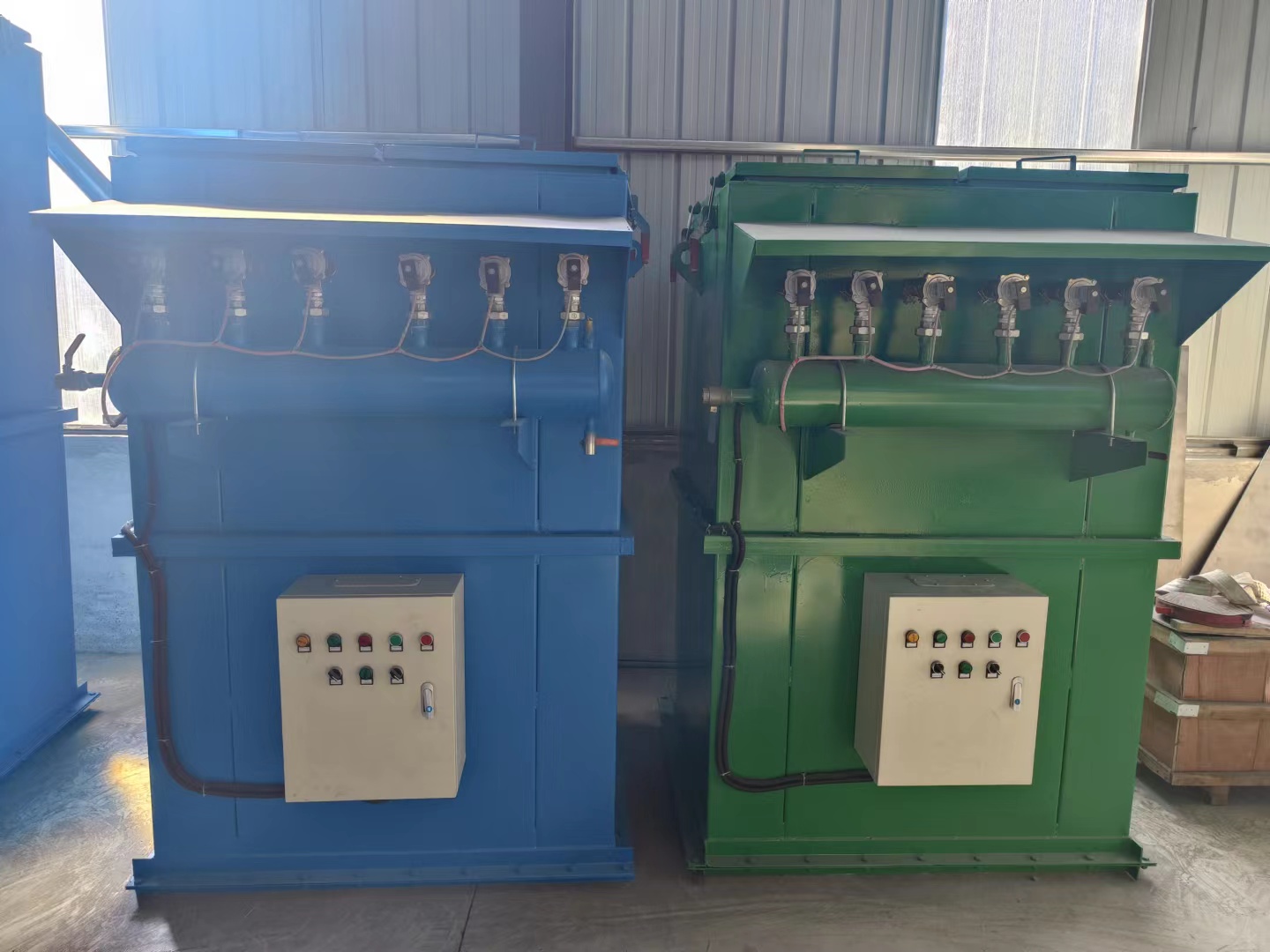
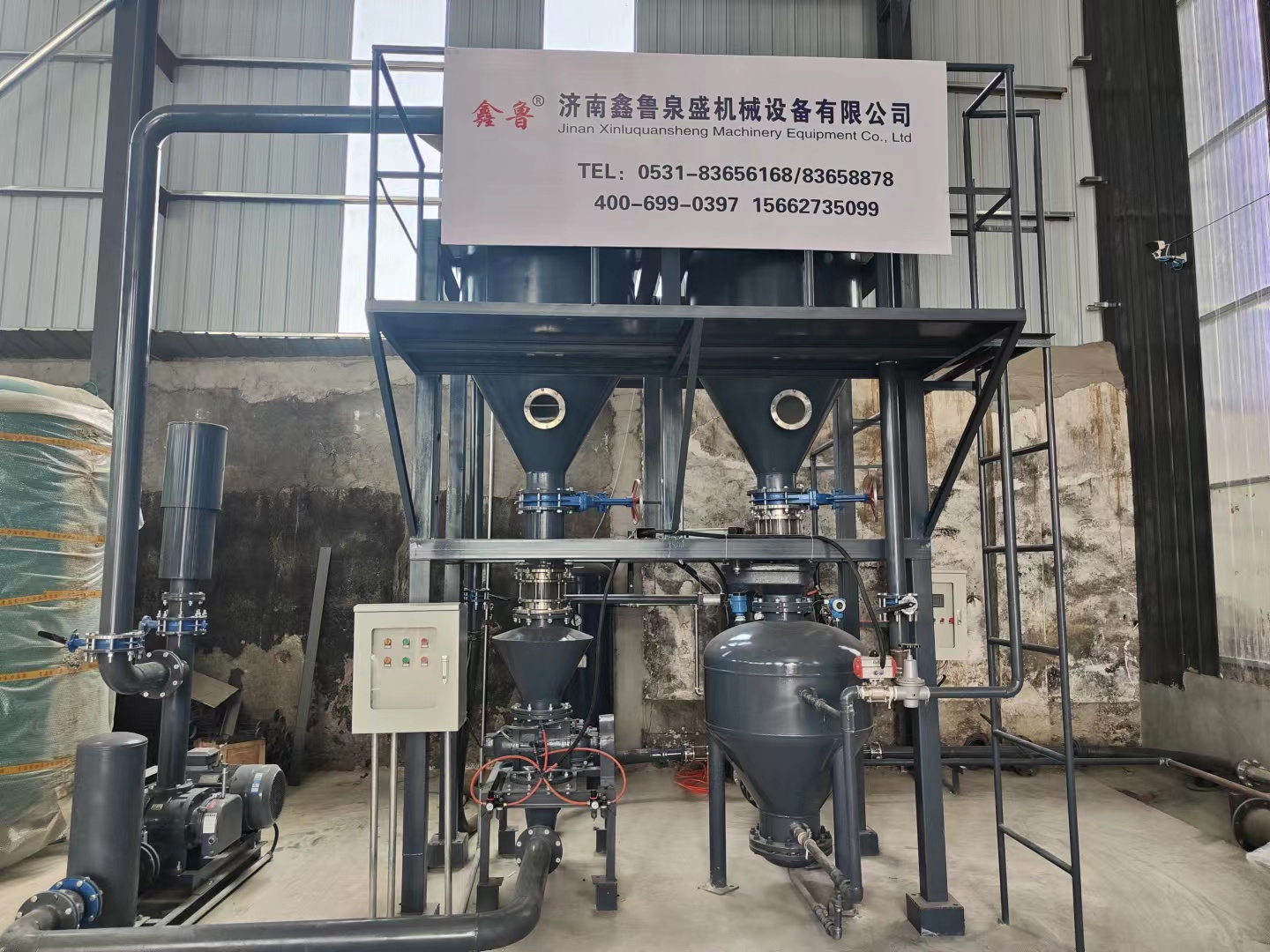
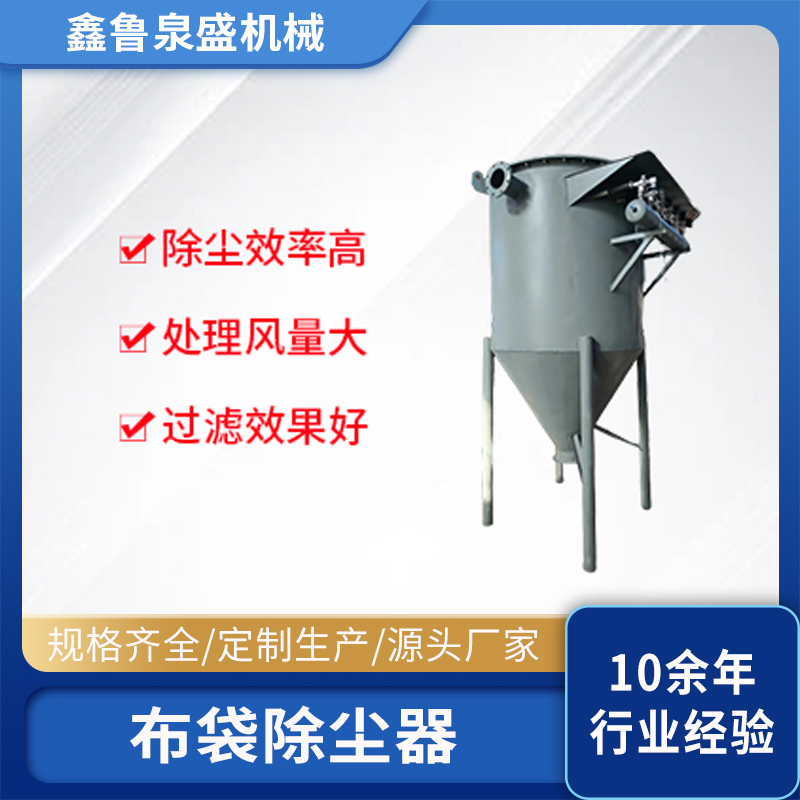
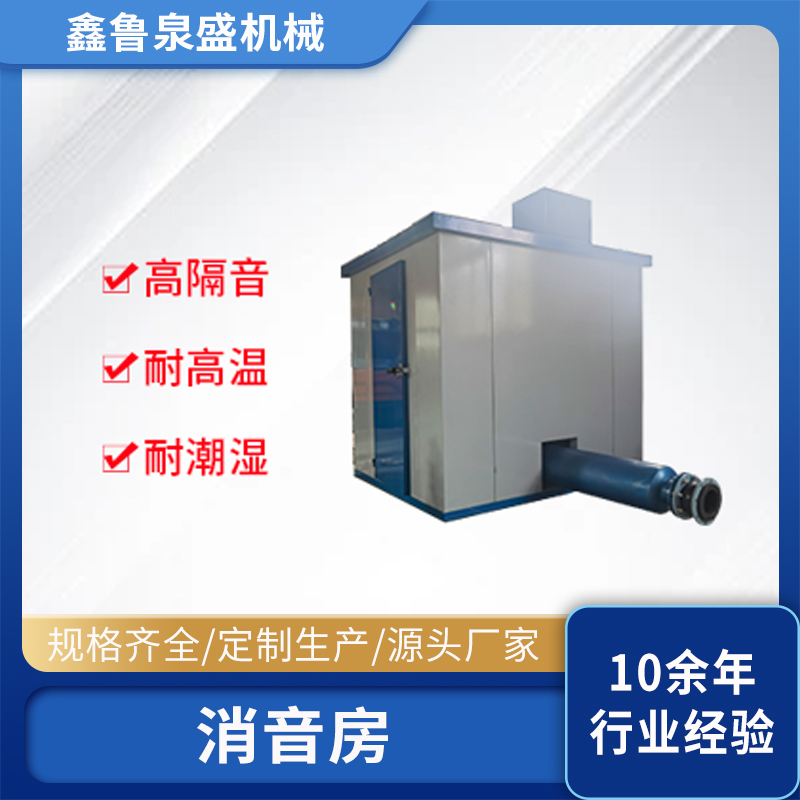
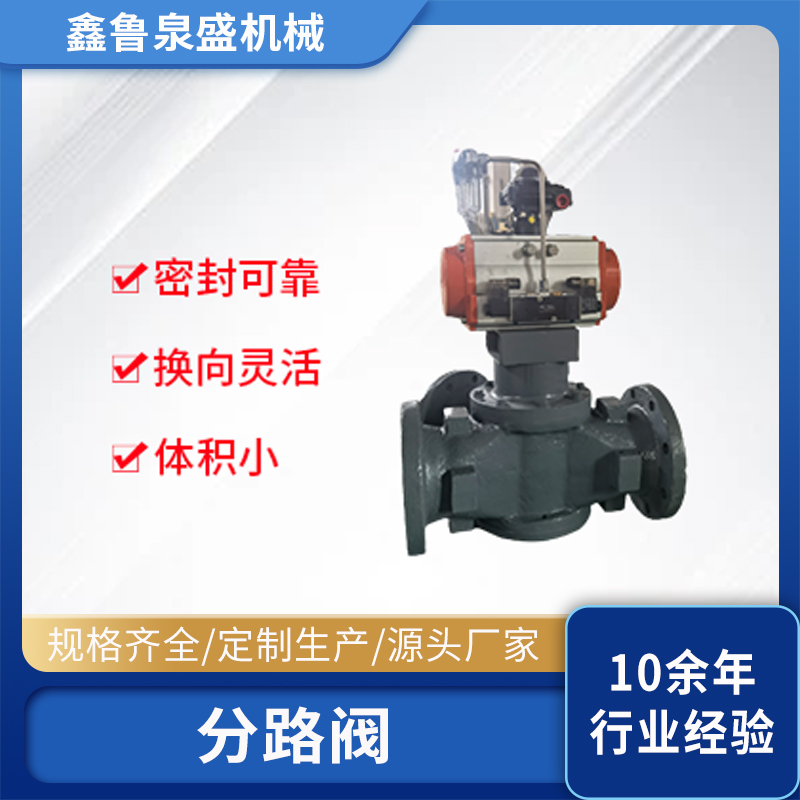

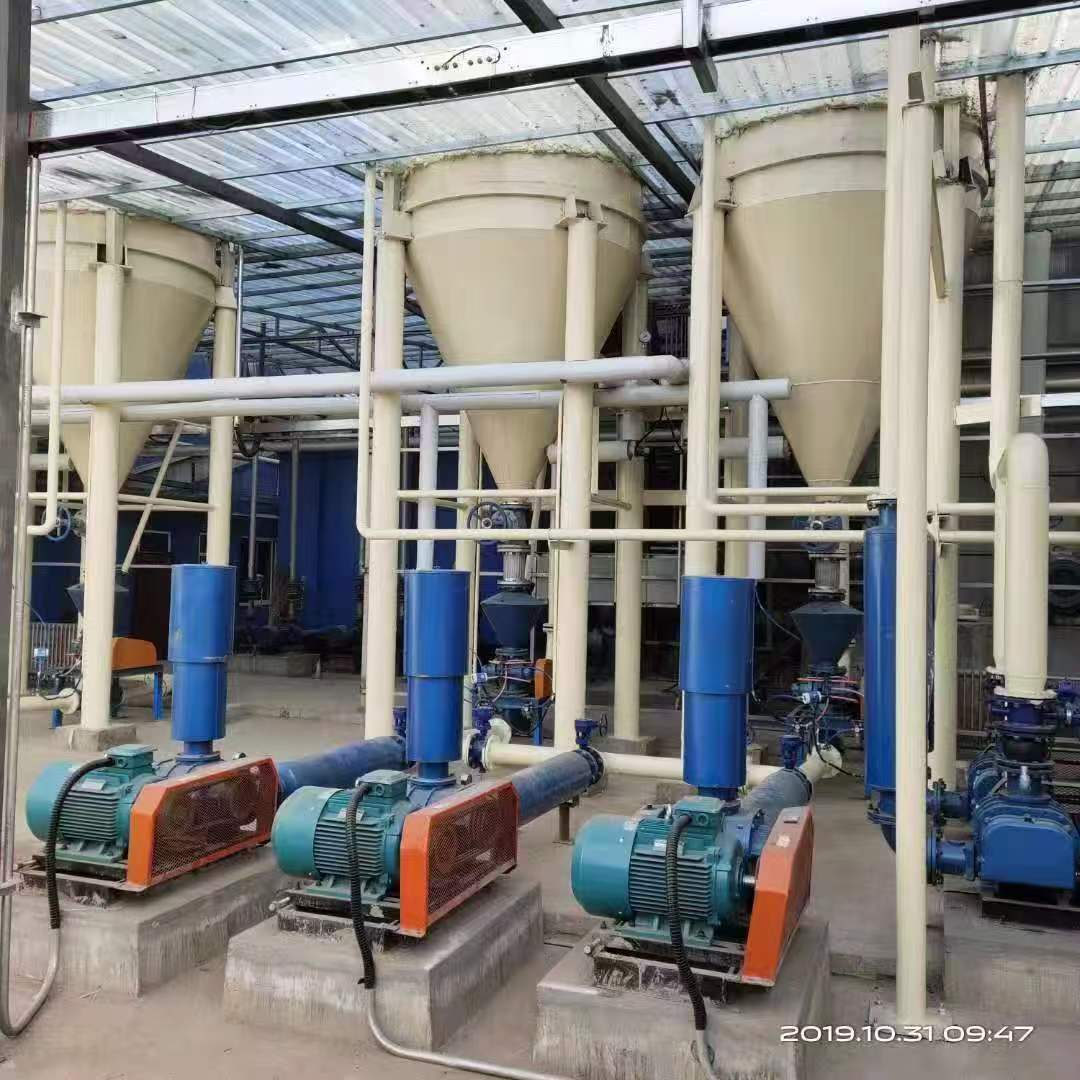
 扫码微信沟通
扫码微信沟通